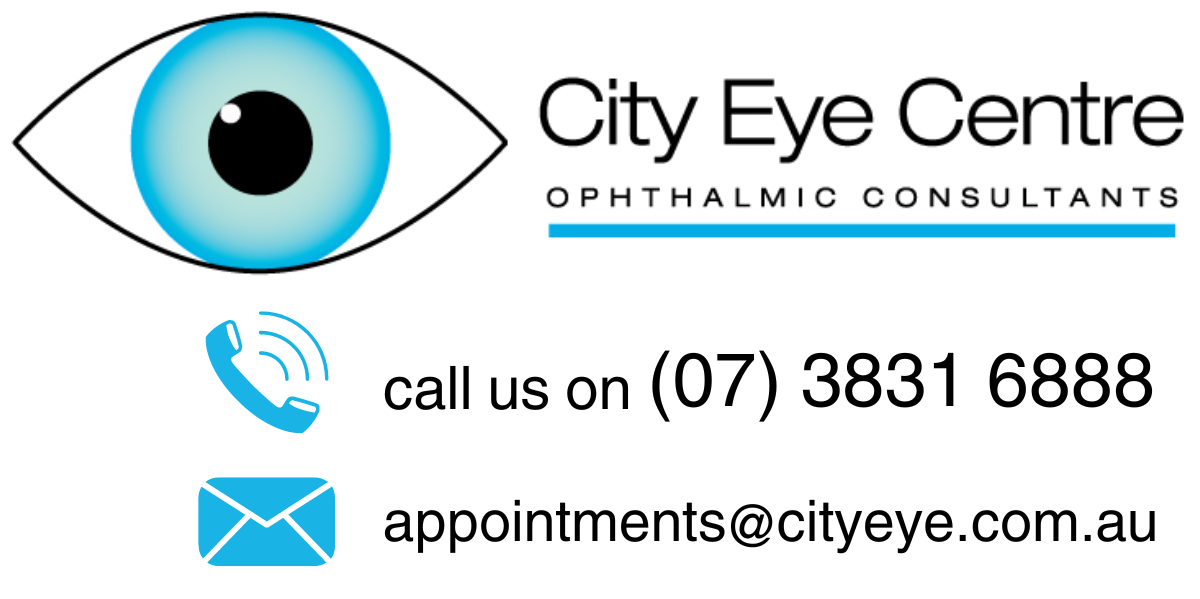
What is monocular vision?
When there is vision loss in one eye due to eye diseases or eye injuries, you only get useful vision out of the fellow unaffected eye. This is called monocular vision impairment.
As we normally see the world through both eyes (what we refer to as binocular vision), people with only useful vision in one eye may need to adapt to monocular vision. The majority of people are able to develop adaptation with time. They go on to resume a normal lifestyle.
Monocular vision loss may be partial or complete. With partial vision loss, there may be some remaining vision in the affected eye. This can help with peripheral vision and some degree of depth perception.
How does having good vision in one eye only affect your work, lifestyle and driving?
Occupation
Most people with monocular vision can function in a normal occupation. However, specific tasks such as operating heavy machinery, military work, driving heavy vehicles, or working on heights, might be restricted or difficult to perform. Tasks that require fine motor skills may also be challenging. A period of readjustment in the workplace with increased time and care in performing tasks may be required to adapt to monocular vision.
Driving
Driving a motor vehicle is legal in the State of Queensland with monocular vision, provided that the remaining eye has good vision and field of view. This must be certified by your doctor and notified to the Department of Transport. A period of readjustment to monocular driving may take 3 months or more. Driving re-training may be required. A list of occupational therapy driving instructors is available below.
With monocular vision, the horizontal field of vision is reduced to approximately 140° compared to 180° of normal stereoscopic vision. As a result, monocular patients need to compensate by turning their head more often to the side of the vision loss. It is hence important when driving a motor vehicle to scan both sides of the field of vision, particularly the side with the vision loss.
Lifestyle
Initially there may be a period of eye strain when adapting to monocular vision. It is important to optimize any refractive error in the remaining good eye, with distance and reading spectacle correction if necessary. Good lighting whilst working and reading is also important.
Mobility around objects requires stereoscopic cues such as shadows and size disparity. These help to determine relative distances between objects. When walking on uneven ground, it is important to look and scan downwards more often. This helps to determine the surface and objects ahead of it. Exercise caution particularly in the kitchen when pouring a cup of tea or cooking on a stove. Practice bouncing a ball to assist in developing stereoscopic cues.
It is important to always wear eye safety protection when performing risky tasks. Such tasks include playing ball sports, working on a construction site, or home workshop. Also, avoid hitting metal-on-metal, which can cause shrapnel.

In some circumstances where there is distorted or reduced vision in one eye, causing confusion with the good vision from the better eye, a form of occlusion therapy may be beneficial. This can include a patch or spectacle occlusion in the poorer vision eye. Often over time, brain adaptation will occur. It will block the signal of the poorer vision from the affected eye so that patients no longer notice the distorted vision.
What happens when you require surgery in the remaining good eye?
Whenever a procedure is required to be performed in the remaining good eye, particular information needs to be obtained from the treating doctor. This includes the risks, benefits, and the rehabilitation time required to return to normal vision. This is important, especially where there is a significant recovery time when vision will be reduced in the remaining good eye.
Following the surgery, including the anaesthetic recovery time in the immediate post-operative phase, vision may be slow to recover following the peribulbar anaesthetic used in the procedure. It is important that all care staff and family members are aware of this. This is particularly relevant where patients may be treated in a day surgery situation. They might have a patch over the good eye. Prior planning and care during the recovery period is important for the safety of the patient.
Online references:
The following links on references, cosmesis, counselling and support services available in Queensland may be useful in assisting with the adaptation process. Most patients fortunately adapt over time and function well without obvious impairment.
https://artificialeyes.net/adjusting-to-eye-loss-mind-map/adapting-to-monocular-vision/
https://research-repository.griffith.edu.au/bitstream/handle/10072/5609/25965_1.pdf?sequence=1
https://www.verywellhealth.com/living-with-one-eye-5094342
https://www.rnib.org.uk/eye-health/eye-conditions/monocular-vision
http://ocularistsaustralia.com/resources/
A good video regarding monocular vision:
https://www.youtube.com/watch?v=Z6rf2jcdghY
Support services available in Queensland:
https://www.visionaustralia.org/
https://www.guidedogsqld.com.au/
